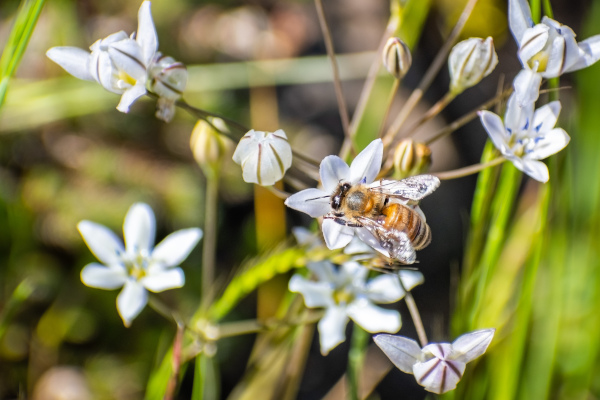How to grow Triteleia
This member of the asparagus family contains 15 species of cormous perennial, mainly from grassland, scrub, and pine woodland in western USA, particularly California. It is cultivated for its airy sprays of mini-agapanthus-like flowers, which bloom for a month or more in early summer.
Triteleia is also known by its common name of triplet lily, a reference to the fact that all its flower parts appear in threes.
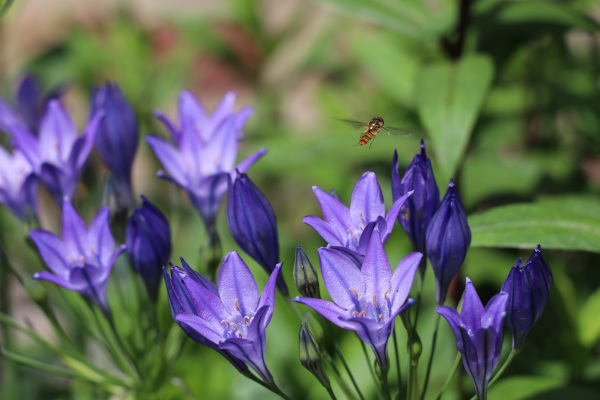
Zantedeschia is a genus of flowering plants from the family Araceae and is native to southern Africa. With a rich history dating back to the Ancient Romans, these deciduous or semi-evergreen perennials have been used as a symbol of celebration. Zantedeschia was Named after Professor Giovanni Zantedeschia, an Italian botanist.
There are two main forms of Zantedeschia: hardy and tender. Hardy forms of the plant can be grown outdoors, enjoy moist soil and full sun or partially shaded conditions - these are known as Arum lilies. Tender forms of Zantedeschia prefer being grown in containers or pots and should be brought inside over the winter - these are known as Calla lilies.
With tuberous flora in all colours from whites, yellows and oranges to deep reds and purples, Zantedeschias are not to be overlooked in any garden, as long as they have sufficient sunlight to grow in.
Ready to learn more about growing Zantedeschia? Read on for all there is to know...

Key Information
Soil pH
Position
Hardiness

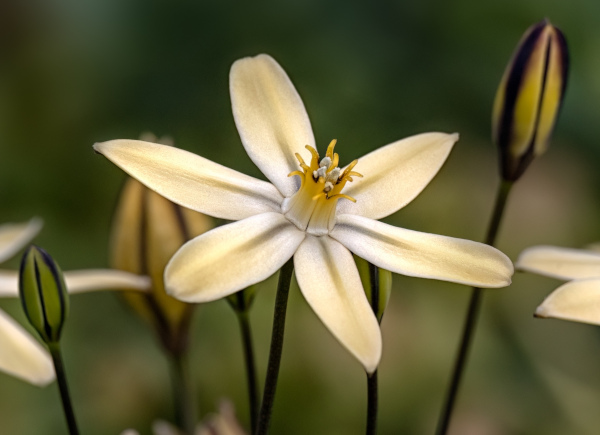
Where & when to plant Triteleia
Position - Full sun
Soil - Light, sandy, fertile
Flowering Period - Summer
Hardiness - Half-hardy
Plant triteleia corms in autumn for flowers the following year.
In milder areas (and generally speaking, this is the southern half of the UK), this half-hardy plant can be grown in a warm, sunny border, along a path edge, in a wildflower meadow, or in a rockery, as long as it is given a generous winter mulch to protect it through the colder months. For most impressive results, plant in a generous drift. Avoid soil prone to winter waterlogging.
In cooler regions (i.e., frost pockets or the more northerly parts of the UK), triteleia is best grown either in a cool, unheated greenhouse, or in a container which can be moved indoors over winter.
How to plant Triteleia
In the ground
- Clear the chosen area of weeds.
- For a natural-looking drift, throw a handful of corms on the ground and plant each where it lands, at a depth of around 8cm.
- Soak well with water.
- Mulch with well-rotted organic matter.
In a container
- Choose an appropriate container (this can be fairly shallow), ensuring there are plenty of drainage holes in the bottom.
- If you are using a large pot, it can be a good idea to fill and plant it in situ to save yourself the trouble of moving once full.
- Use a good quality potting compost with plenty of horticultural grit mixed in (aim for around 30% grit), and, if not already present in the compost (check the description on the bag) some slow-release fertiliser granules.
- Start by partially filling the container with compost; enough so that when placed on the surface the corms are about 8cm lower than the top of the pot.
- Allow approximately 10cm between each corm.
- Fill the remainder of the container with compost, firming down with your fingers then adding a little more so the corms are held tight. Make sure there is a gap between the surface of the compost and the top of the container.
- Pick up the container and lightly tap on the potting bench or ground a few times to help further settle the compost around the plant.
- Soak well with water.
- A mulch with horticultural grit will look attractive and help to prevent a ‘cap’ or crust forming on the top of the compost (something container plants can suffer due to the artificial nature of their watering).
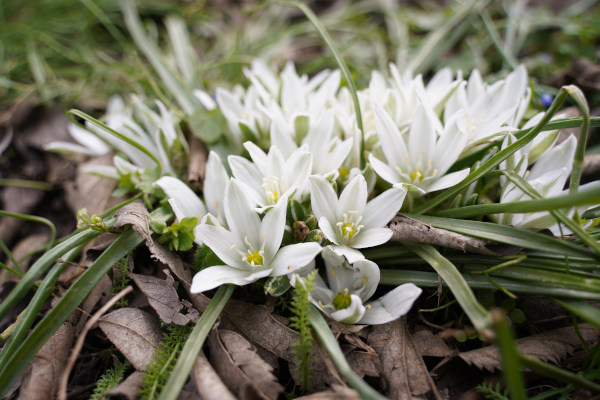
What to plant with Triteleia
What little foliage triteleia produces tends to die back before flowering, meaning it casts minimal shade and is perfect to have popping up amongst other low-growing perennials. Choose those with a similar preference for sunshine and light, sandy soil, such as origanum, sedum, erigeron, armeria, salvia, catananche, dianthus, and geranium.
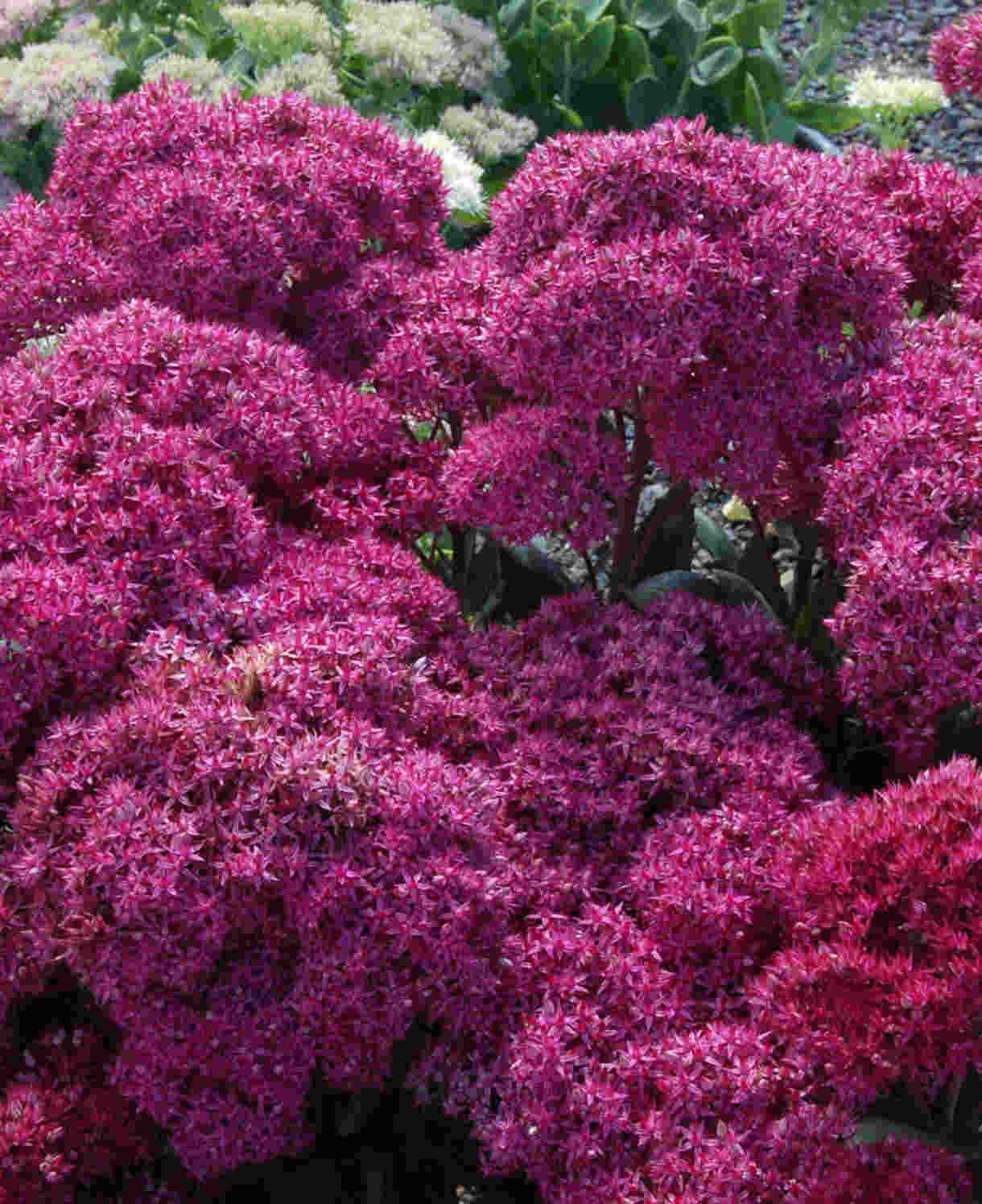
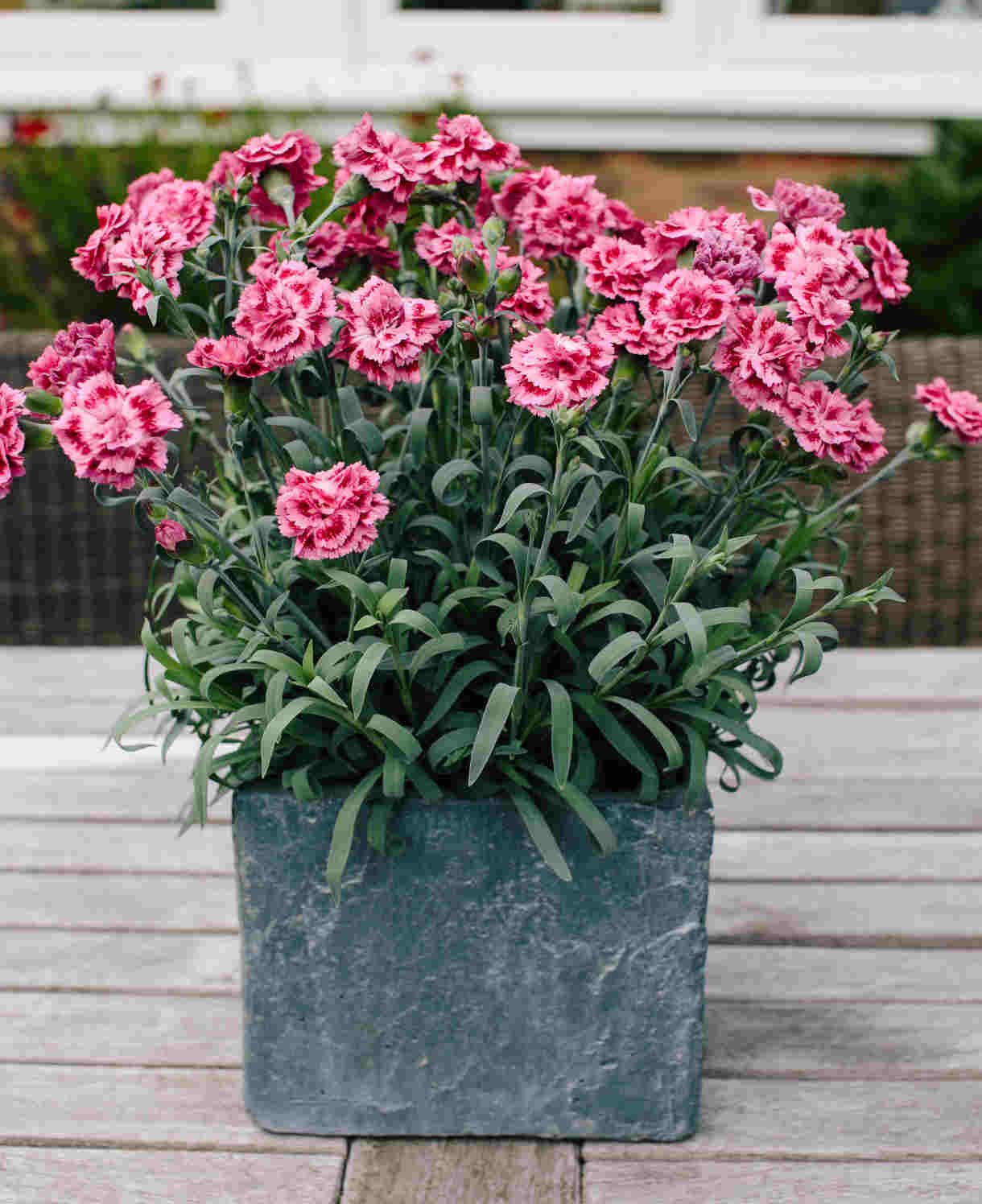
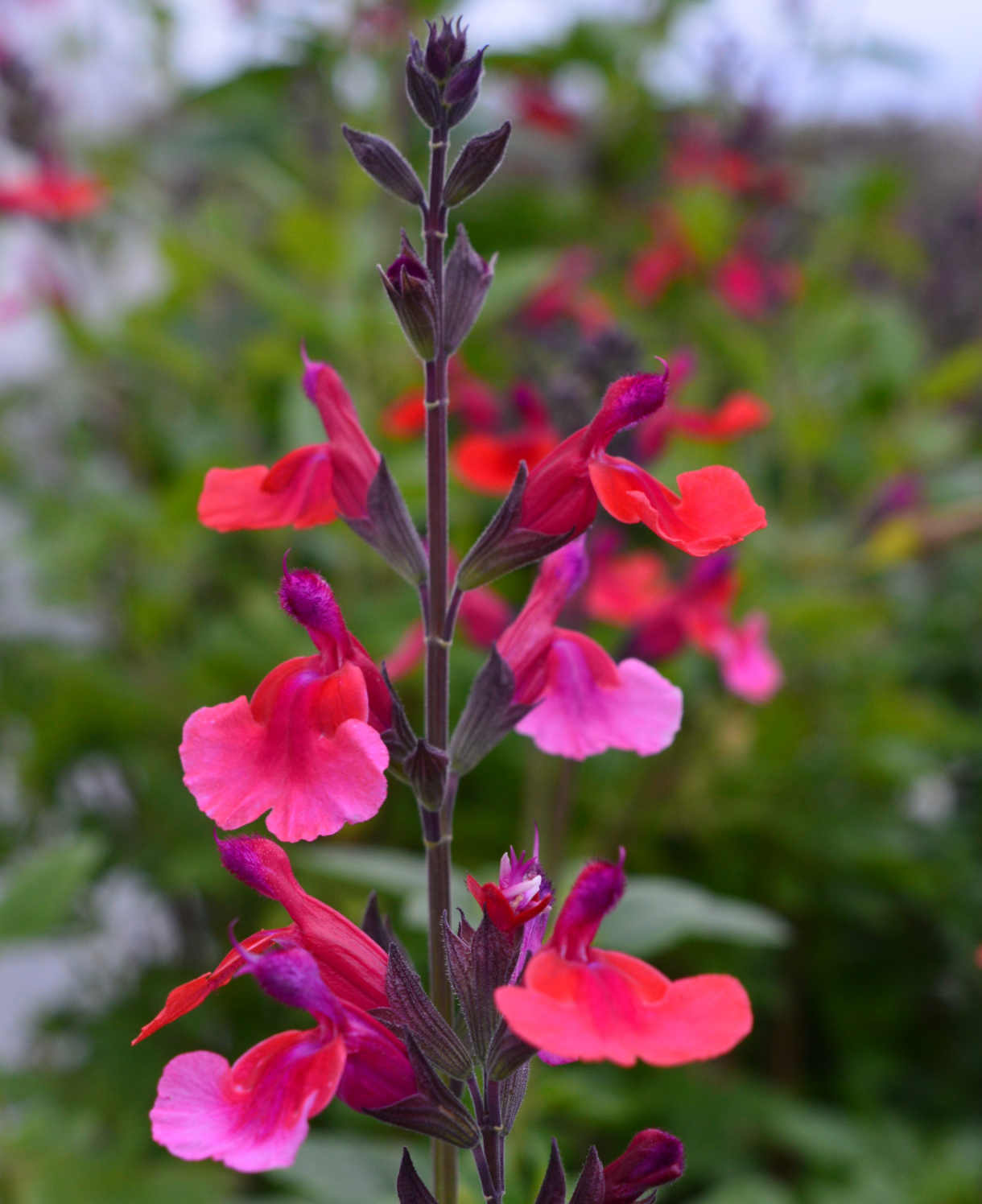
How to care for Triteleia
Pruning and Deadheading
None required.
Watering
In the ground, water triteleia when first planting, after which the UK climate tends to take care of its watering needs. Having said this, additional watering in very hot, dry spells cannot hurt.
On first planting, container-grown triteleia should be watered sparingly until the leaves appear in late winter. Water freely when in growth, then return to keeping it barely moist during dormancy.
Cold Protection
If you live in a milder part of the UK and are growing your triteleia in a warm, sunny spot, you will probably find that a generous layer of mulch is enough to get it through the winter months.
If you experience colder winters, we advise growing your triteleia in a container and moving it into a frost-free environment such as an unheated greenhouse or conservatory during the winter months. You may even keep it here all year round, provided it can be kept well-ventilated and cool.
Pests and Diseases
Triteleia tends to be trouble-free.
How to propagate Triteleia
Established clumps of triteleia can be propagated by division once they have entered dormancy.
- Once you are certain your triteleia is dormant (indicated by withered, yellow foliage), carefully use a fork to lift clumps out of the ground.
- Shake and rub off any soil.
- Gently tease apart corms.
- Replant or pot as above in the ‘How to plant triteleia’ section above.
Common Triteleia questions
- Does triteleia spread?
Given the right conditions, triteleia will gently naturalise, forming a slowly spreading carpet. - Is triteleia a perennial?
Yes, all species of triteleia are perennial. If exposed to very cold temperatures or winter waterlogging it may not return to growth the following year, however this is preventable by following our cultivation and cold protection advice above. - How tall does triteleia grow?
The height can vary from species to species, though Triteleia laxa (which we offer) grows to around 60cm tall. - Is triteleia the same as brodiaea?
Triteleia is very closely related to the similar looking brodiaea, and was formerly included in this genus. - Should container-grown triteleia be fed?
Yes, although not too much. Feed with a half-strength balanced liquid feed once a month during the growing season.
